massit – From ArchVIZ to Interactive Media
When first seeing massit, (in a video. did not take it for a VR spin yet) it reminded me of SketchUp a lot! The “back to basics” approach Mischa Winkler adopted is something I relate to and one that seems to have paved the path for massit as it is now. Not sure yet what this could bring to the table, but if you are a designer and you have access to an HTC Vive – Read this case study by Mischa, and take massit for a spin! then come back here a tell us what it is like for you.
Usually, people just politely smile and nod while I go on tangent after tangent, explaining why we are in such an exciting time for 3d visualization and interactive media, so I was very happy to have Ronen show interest in the subject matter and allow me to share some thoughts on his blog. I’ve benefited immensely from his work over the years and hope to give back just a bit.
I’m from Switzerland but moved to the USA to study architecture which I was really terrible at. My brother called it “crafting school” when he came to visit because we would just build giant, impractical scale models all day long. After nightmares about failing at life, luckily I got a job right out of college, mostly thanks to my visual skills. I quickly set my focus on visualization and after two years launched my freelance career. Now, I’m trying to shift gears yet again, and transition into interactive media focusing on software engineering. I’ll be using my latest project “massit” as a case study and hopefully inspire some of you to explore a similar avenue as well.
Interactive Media
Our industry is trending towards making the visualization process more accessible to the designer. Offline renderers are being simplified and there are many new tools that automate the process of creating images and animations. Of course, at the high end, there will always be the need for artists to create evocative imagery (although machine learning is yielding some impressive “artistic” results already). The point is, I think as professionals, we need to evolve if we want to stay relevant, and interactive media can be a natural progression for someone in the field of architectural visualization.
I think no one would argue, the recent renaissance of virtual reality and the steady progression of real-time visuals are exciting developments for architectural visualization. With all the jaw-dropping showcases of the visuals you can achieve in real-time, it is easy to forget the most profound part of the real-time evolution. All aspects of interactive media are now available to us – interactivity, multi-user, persistent data, access to the API ecosystem and more.
Writing Code
Many in the ArchVIZ industry are drawn to UE4 because it has the best visuals in the industry, and visual scripting seems more approachable than learning to write code – and there is nothing wrong with that approach. However, learning how to program in C# is a much more flexible skill and adds tremendously to your portfolio. The code was intimidating to me at first as well, but once you start to understand the basic concepts it is truly empowering. You will realize that with the availability of API’s most of the hard work has been done for you by smarter people, and you can just tap into those resources. Also, finding tutorials and having very specific questions answered is only a google search away. Between Unity’s own resources, Stack Overflow, Microsoft’s.Net documentation, and countless other sources, it is hard not to find what you are looking for.
Because I am self-taught, I was intimidated at first about adding programming skills to my resume and marketing myself as a software developer. On one side I have tremendous respect for the craft and the experts of the trade, but also because I know that I still have a lot to learn. Even as I write this, I envision a “real” programmer outing me as a fraud, but if you create things that are useful or even simply add to your portfolio, it seems irrelevant how you got there. Of course, there is great value in doing things the right way and we need to strive to continually improve, but don’t let that hold you back from creating – in this case, the experience is more valuable than knowledge.
massit
As a result, I tried to push beyond “visualizing” and started to use Unity to leverage interactive media as it relates to architecture. After prototyping a variety of ideas, I started work on a VR app called “massit”. It was my first attempt at letting the user create something new – before it was always “decorating” (applying/changing materials, adding entourage, annotating etc.) and I shied away from letting the user model geometry because the technical task seemed daunting. I obsessed over signed distance field modeling as it is done in the upcoming PS4 title “Dreams” but had to realize that I probably couldn’t replicate what a large team of computer engineers had created.
It was a time of frustration.
While browsing through images of physical architecture models, I realized, most of them were composed of simple boxes – usually balsa wood or cardboard. That is how it works in the real world when building a scale model. Indeed, procedurally creating a box turned out to be pretty straightforward, and so massit was born. In a way, the technical constraints led to massit’s identity as a massing tool with an emphasis on simplicity and speed.
“MASSIT” IS A SIMPLE MASSING AND RENDERING VR TOOL WITH AN EMPHASIZE ON SIMPLICITY AND SPEED.
Little by little, I added small improvements, based on how the experience felt. I played with the ability to scale the scene, improved the tools to create and modify boxes, and added the ability to render and save images. The point is, I didn’t have a great vision to start out with, nor did I have wizard programming skills.
Check out this overview video, to get an idea of how it all works :
There are still some issues and many features I would like to add, but I’m having fun using it and wanted to share it with you and see what you think.
Conclusion
With the new interfaces of VR and AR, the digital realm will inevitably become more and more spatial/architectural. There are incredible opportunities to be part of this revolution, especially for people in the ArchVIZ industry. I hope I was able to get you excited about going beyond modeling, lighting, and creating materials. Add some interactivity to your next project or even create something completely new!
If you have an HTC Vive, please give massit a go and let me know what you think, for now, it’s free, and you can get it here or join the community.






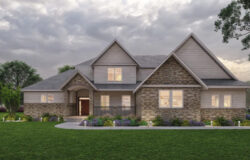







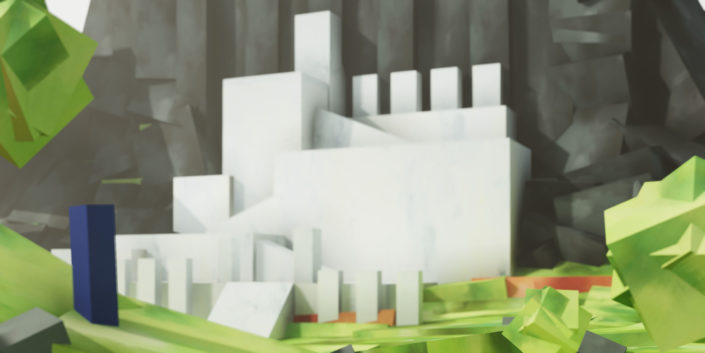
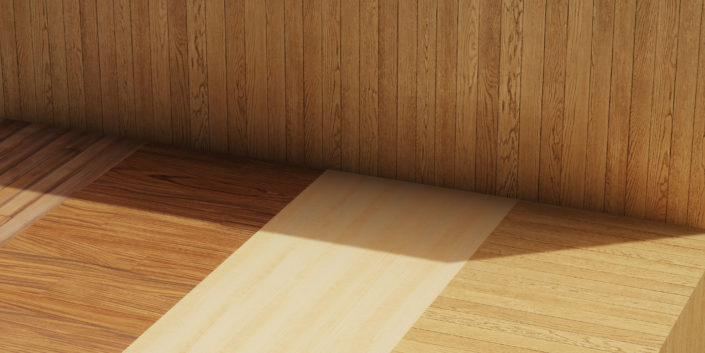
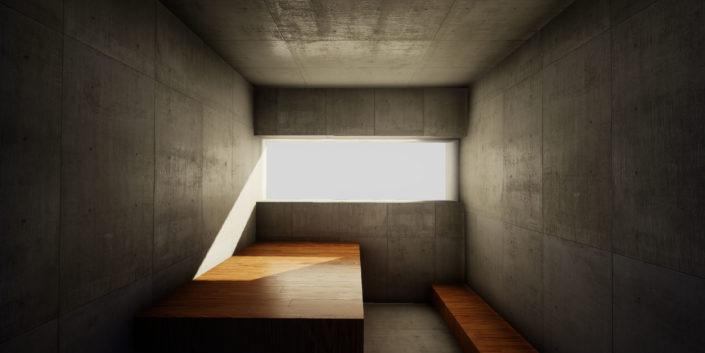
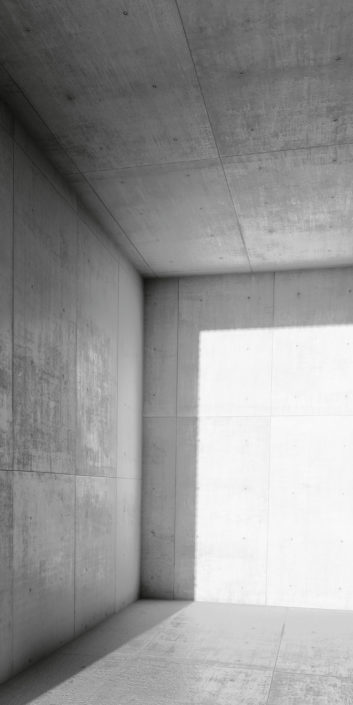
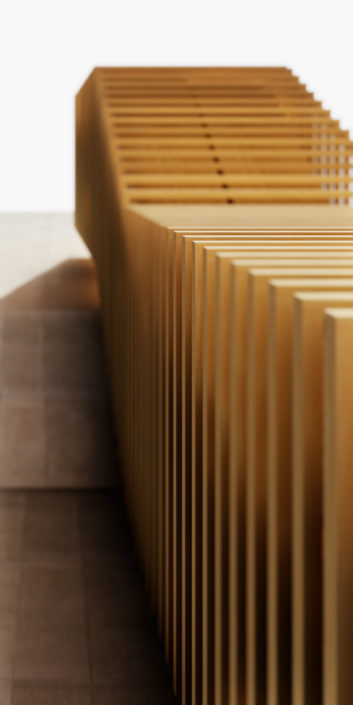
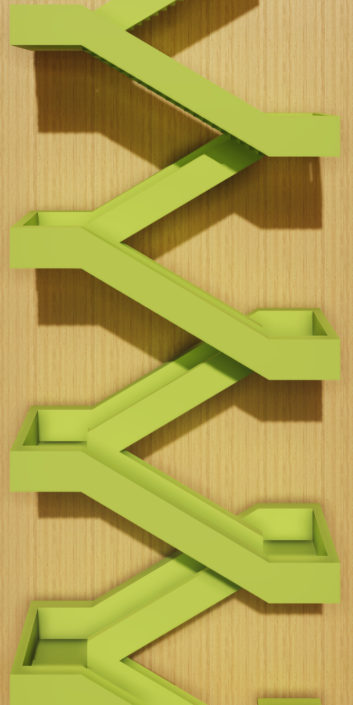
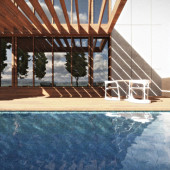
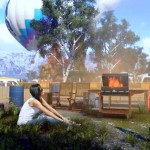
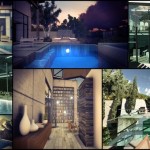



Very inspiring work Mischa. Hey, don’t beat yourself up about youer lack of software dev skills. I am 3D graphics software developer with many year of experience and I can tell you your work is VASTLY better then many (most?) of the VR tools/demos written by seasoned software devs.
Keep doing your thing Mischa.
Best,
Doug